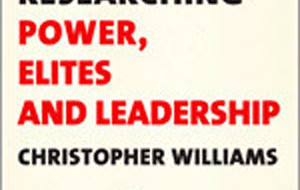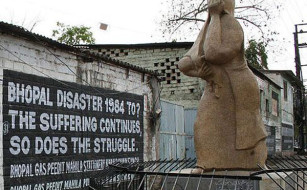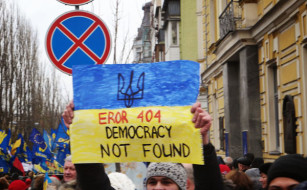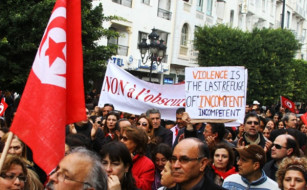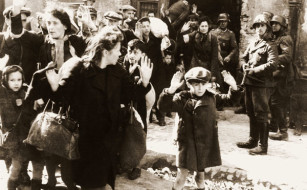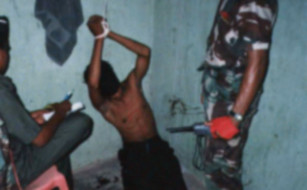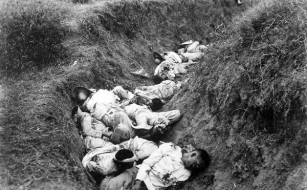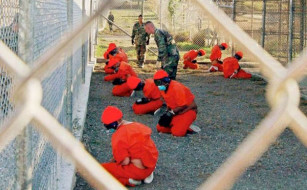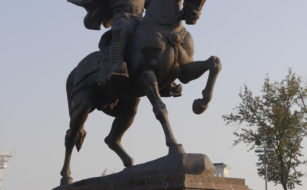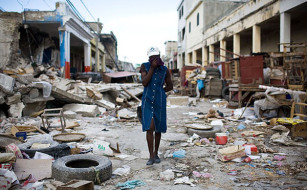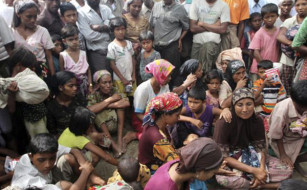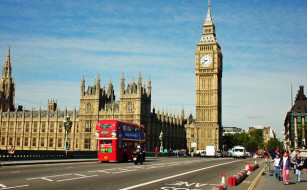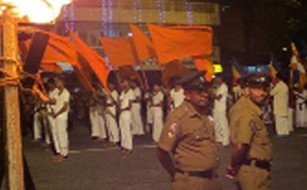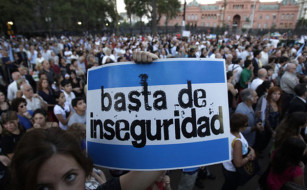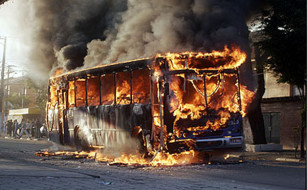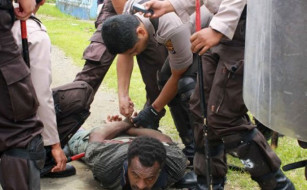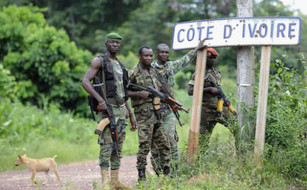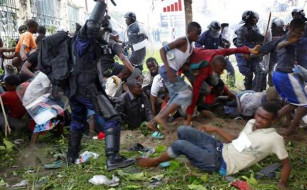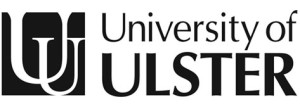Notes for Contributors
Articles are reviewed on the understanding that they are submitted solely to this journal. If accepted, they may not be published elsewhere in full or in part without the Editors permission. All articles accepted for review are submitted to double blind peer reviewing by at least two referees. Final decisions of publication remain with the Editorial Board. There are no submission or publication charges for authors publishing in this journal.
AIMS AND SCOPE
State Crime is the first peer-reviewed, international journal that seeks to disseminate leading research on the illicit practices of states. The concept of state crime is not confined to legally recognised states but can include any authority that exerts political and military control over a substantial territory (e.g. the FARC). The journals focus is a reflection of the growing awareness within criminology that state criminality is endemic and acts as a significant barrier to security and development. Contributions from a variety of disciplinary and theoretical perspectives are welcomed. Topics covered by the journal include, torture; genocide and other forms of government and politically organised mass killing; war crimes; state-corporate crime; state-organised crime; natural disasters exacerbated by government (in)action; asylum and refugee policy and practice; state terror; political and economic corruption; and resistance to state violence and corruption.
SUBMISSION PROCESS
All submissions should be emailed as two word documents to s.knowles-mofford@qmul.ac.uk to reach Sophie Knowles-Mofford (Assistant Editor). Submissions should be made in this format:
One file with an abstract, key words and the main body of the text.
Please ensure that this document is fully anonymous and has no mention of the author or the author’s affiliation anywhere in the text. The abstract should be no more than 150 words, there should be no more than 6 key words, and the main body of the manuscript should be between 5,000 and 8,000 words, although shorter/longer articles will be considered.
One file with the title of the manuscript, the full names of the author(s), the names and addresses of the institution from which the work originates, and the telephone, fax number and email address of the corresponding author.
FUNDING
Details of any funding sources for the work in question should be given in a separate section entitled ‘Funding’. This should appear before the ‘Acknowledgements’ section and should include the full official funding agency name and the grant number.
SUBMISSION TIMELINE
• Once an article has been submitted, you will receive an email of receipt. If the article has been deemed fit for State Crime by the Editors-in-Chief, it will be sent to leading scholars in the relevant field for at least two double-blind peer reviews. This process can take up to three months.
• Upon the return of the reviews, an official decision will be made and sent to the author in the form of an electronic letter. The letter will explain whether the author’s submission has been accepted with minor corrections, accepted with major corrections, if the author is advised to revise and resubmit, or if the manuscript has been rejected.
• If the submission is accepted with minor or major corrections, the author will then have two months to adapt the document for reconsideration from the reviewer(s).
• Upon resubmission the author should include the revised manuscript as well as a short statement on how the author has addressed the reviewers’ comments.
• The reviewers will then assess whether they are happy with the revisions – please bear in mind due to the busy schedules of all of our reviewers this can take up to two months and a decision will be sent back to the author.
• If the article has been accepted for publication it will be filed in the next relevant volume/issue. Some issues of State Crime are special issues and so the author’s submission may not always be published in the earliest issue. The author will be informed of when to expect their article to be published and we will be in touch at each stage of development past this point – please be aware that while we aim to process articles much quicker, it can take up to a year between the original submission deadline and the final publication.
SPELLING AND PUNCTUATION
Spellings and punctuation should be used where they are optional in British English (-ize, -yze, but colour, not color). Commas and periods inside closing quotation marks. Double quotation marks are used throughout. Single quotation marks are used for quotations within quotations.
REFERENCES
References should be listed alphabetically at the end of the paper, giving the names of journals in full. The main words in the titles and subtitles of articles, books, and journals should start with a capital letters. Use italics for titles of books and journals. Broadcast, film and internet sources should also be listed.
Books: Author, A.N. and Co-author, A.N. (2001) Book Title: Book Subtitle. Place: Publisher.
Chapters in books: Author, A.N. (2001) “Chapter Title: Chapter Subtitle”, in A.N. Editor, ed., Book Title: Book Subtitle. Place: Publisher.
Journal articles: Author, A.N. (2001) “Article Title: Article Subtitle”, Journal Name, 5(1): 123-126.
Newspaper articles/websites: Author, A.N. (2001) “Article Title”, Newspaper, 1 May. Available online at www.newspaper.co.uk/010501/article6.htm (accessed 10 May 2001).
Do not allow the web address to contain a hyperlink or to be underlined. In the text, the name of the author and date of publication should be cited as in the Harvard system; e.g. (Cohen 2001: 71-2). If there are more than three authors, use the first name followed by et al. in the text but give the names of all the authors in the References.
DIAGRAMS AND TABLES
Should be numbered consecutively, titled, and mentioned in the main text. Only essential data should be presented. Sources should be indicated in the accompanying captions. Tables should contain editable text. Figures should be submitted as separate, editable files where possible, with an accompanying hi-res .jpg or .gif image (greyscale, not colour). Website links to pictures or maps can also be used. It is the responsibility of the author to obtain permission to reproduce any illustrations that may be subject to copyright. The copyright symbol and correct attribution should appear in the captions. Diagrams and tables should be placed at the end of the manuscript with their preferred location indicated in the manuscript (e.g. Figure 1 about here).
COPYRIGHT
Authors of accepted articles grant the Journal and Pluto Journals, publisher of the Journal, the Rights to publish under Creative Commons License (CC BY 4.0). Authors will receive a copyright form for electronic signature upon the acceptance of the article for publication in order to agree to the Pluto Journals’ Publishing Agreement. Moral rights will be retained by the original Author(s) and copyright will be held by the Author(s). Contributors are responsible for obtaining written permission to make use of material for which they do not hold the copyright, and for ensuring that the appropriate acknowledgments are included in their manuscript.
Further details on copyright and permissions here.
REPOSITORY POLICY
State Crime Journal articles are open access, and are published by Pluto Journals Ltd under a CC-BY 4.0 license. Moral rights are retained by the original Author/s and copyright is held by the Author/s.
ETHICS AND CODE OF CONDUCT
We abide by the Ethics and Code of Conduct as set out here.
NOTES FOR CONTRIBUTORS (OTHER LANGUAGE TRANSLATIONS)
Spanish, Portuguese, Italian, French, Turkish, Arabic, Persian, Farsi, Hindi, Urdu, Mandarin, Swahili, Yoruba, Russian.





